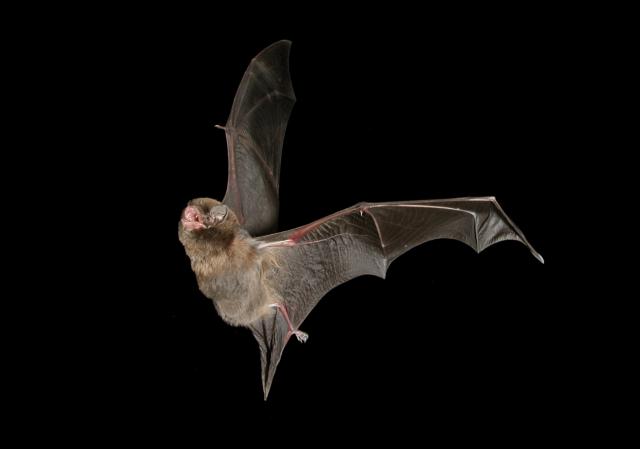Tyler Redway
AN ENDANGERED species of microbats, found only in south-western Victoria and south-eastern South Australia, are under serious threat of extinction due to an increased rate of habitat removal and land drainage.
Naracoorte Caves manager Thomas Shortt said the Southern Bent-Wing bat, which is present in the caves, is a “critically endangered” species of mammal and is at risk of going extinct due to a variety of contributing factors.
“The changing of the local environment has been one of the contributing factors, so a huge amount of native vegetation being removed overtime has reduced the amount of areas they can hunt in,” Mr Shortt said.
“Also the drying of the environment, such as draining swamps, has reduced the amount of surface water lying around.”
Mr Shortt said the bats benefit the environment by thinning the numbers of pest insects, which can decrease the negative effects of pests for the agricultural sector.
“Their role in the environment is that they do eat large amounts of insects, primarily moths, a lot of which are noted pest species for agriculture,” he said.
“In terms of a benefit to people, it’s probably one of the biggest things they provide.”
He added the bats can be spotted from September through to May but are very easily disturbed in the off-season.
Mr Shortt said disturbing the bats during the winter can cause issues for them such as lack of energy, which directly affects their rate of survival.
“Historically, there have been other things but generally it has been driven by humans,” he said.
“It can come down to people accessing the caves and waking them up during the periods of the year when they are trying to sleep.”
Mr Shortt said that the easiest way to help prevent any further damage to the bats’ species is to avoid caves where bats are present until the off-season is over.
Another way he mentioned was to replant vegetation to attract more insects, which increases food supply for bats during the summer months.









